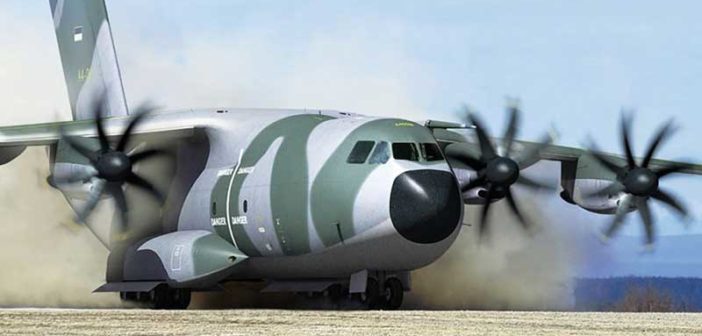In the PwC 2016 Aerospace Manufacturing Attractiveness Rankings, the United States topped the list as the country that increased manufacturing, engineering, and production, as well as the country that attracted the most research and development (R&D) investments.
The demand for air travel continues to grow. That demand, coupled with backlogs of new aircraft orders, indicates a positive outlook for the sector. The aerospace manufacturing industry, however, is changing as new technologies emerge and future advancements will depend on closing the education gap to create a tech-savvy workforce that is trained and capable of working in this sector.
2017 Aerospace Manufacturing Trends to Expect
A KPMG Global Aerospace and Defense Outlook report showed that Aerospace and Defense executives are incredibly optimistic about the future of the industry. Two-thirds of the respondents reported that they are confident or very confident in their company growth prospects over the next two years. This growth can be attributed to certain trends inthe industry.
Technological Advancements: From the new A320 neo to Boeing 787, new aircraft designs are advancing the sector as a whole. Aerospace manufacturing technologies are responding to consumer-centric improvements suchas noise reduction capabilities and are also increasing operating efficiency. New electrical systems are improving manufacturing processes, as the supply base struggles to keep up with the demand. However, with the backlog of orders, manufacturers will certainly stay busy in 2017.
More Research and Development: Pressure to increase output and decrease manufacturing time is pushing more businesses to invest more time in research and development. Aerospace manufacturing and design research can potentially reduce lead-time to help meet the demand for aircrafts.
Why Will Aerospace Manufacturing Grow in 2017?
One of the largest reasons for aerospace manufacturing growth in the coming year is demand. Consumer demand for travel and business demand for innovative aircrafts are two main reasons for the industry’s positive 2017 forecast. Lower oil prices, which cause lower airfare fees and morecustomer travel, also positively impacts the growth of aerospace manufacturing.
Given that, manufacturers will be asked to produce more fuel-efficient aircrafts, replacing older fleets.














